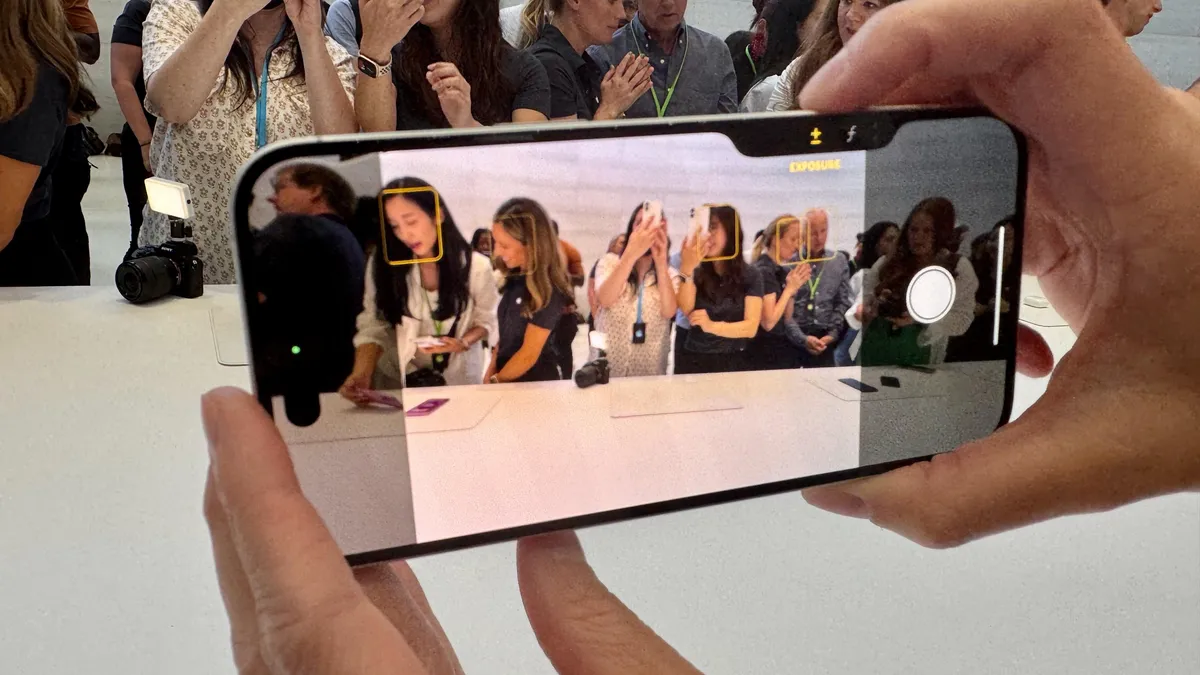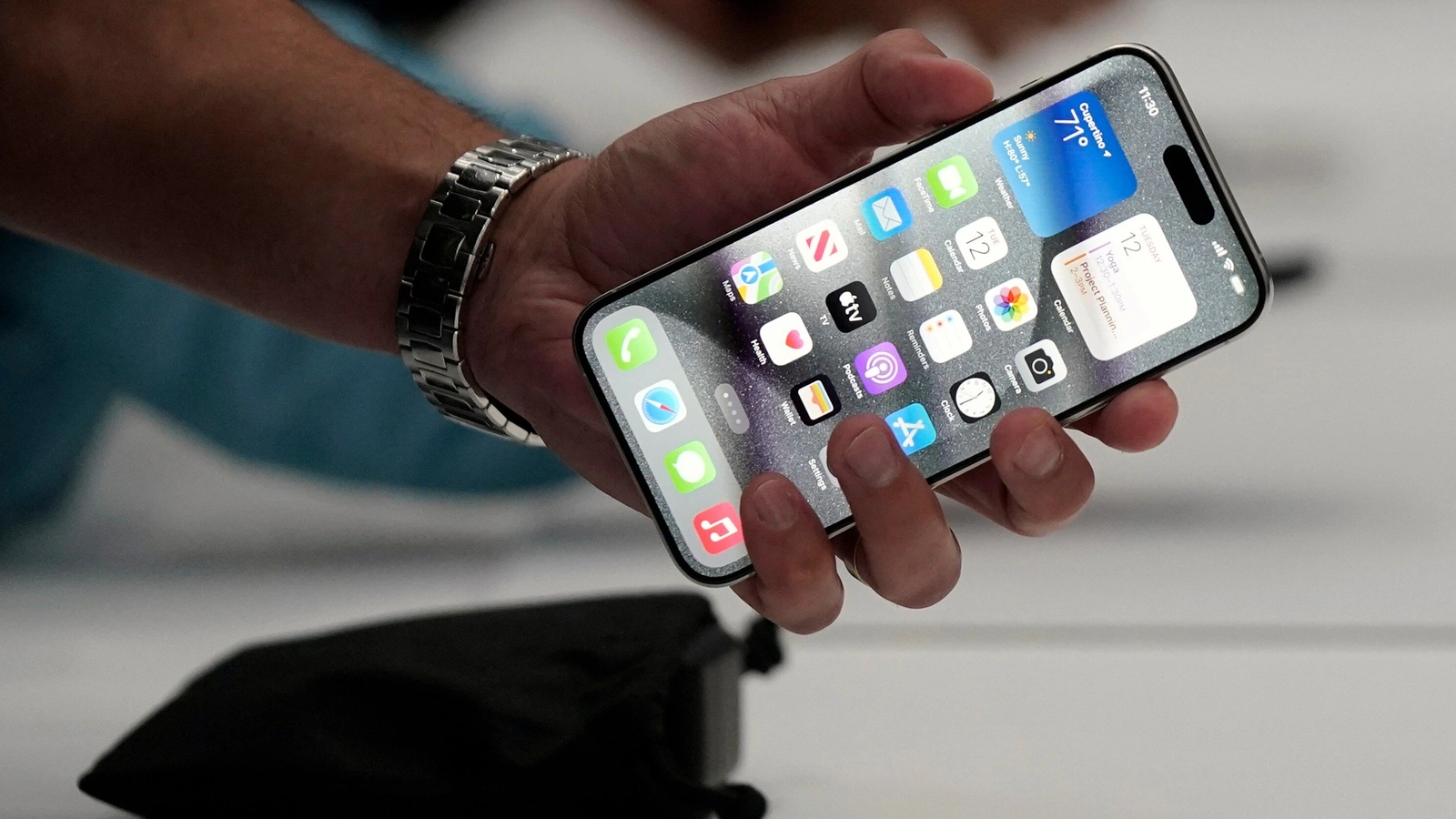In the rapidly evolving landscape of artificial intelligence, Google has once again pushed the boundaries of what’s possible with the introduction of Gemini 2.0. This groundbreaking AI model, announced in December 2024, marks a significant leap forward in multimodal capabilities, promising to redefine how we interact with technology and information.
Gemini 2.0 is not just an upgrade; it’s a fundamental shift in AI design, built for the “agentic era” where AI agents can perceive, reason, and act in more human-like ways. This advancement is driven by several key innovations, including native multimodal output, enhanced tool utilization, and a focus on developing AI agents that can seamlessly integrate into our digital lives.
What Sets Gemini 2.0 Apart?
- Multimodal Mastery: Unlike its predecessors, Gemini 2.0 can generate images and audio natively, opening up a world of possibilities for creative expression and information synthesis. Imagine asking Gemini to compose a song based on your current mood or create an image based on a complex textual description.
- Tool Integration: Gemini 2.0 can leverage Google Search and Maps directly, allowing it to access and process real-time information and provide contextually relevant responses. This means you can ask Gemini for directions to a restaurant while discussing your dinner plans, and it will seamlessly integrate the two.
- Agentic Focus: Google is actively developing AI agents powered by Gemini 2.0, such as Project Astra, a universal AI assistant; Project Mariner, an experimental Chrome extension capable of taking actions on your behalf; and Jules, an AI-powered code agent. These prototypes showcase the potential of Gemini 2.0 to revolutionize how we interact with technology.
My Experience with Gemini 2.0
As an AI enthusiast, I was eager to experiment with Gemini 2.0. I was particularly impressed by its ability to generate images from complex prompts. For instance, I asked it to create an image of “a futuristic cityscape with flying cars and holographic advertisements,” and the result was stunningly detailed and imaginative. The integration with Google Search was also seamless, allowing me to ask questions about current events and receive accurate and up-to-date information.
Delving Deeper into Gemini 2.0’s Capabilities
- Multimodal Output: A New Era of AI Creativity
Gemini 2.0’s ability to generate images and audio natively sets it apart from previous AI models. This multimodal capability has profound implications for various applications, including:
- Content Creation: Imagine effortlessly generating visuals for your blog posts, presentations, or social media updates with a simple text prompt.
- Education: Gemini 2.0 can create engaging learning materials, such as interactive diagrams and audio-visual presentations, making education more accessible and immersive.
- Accessibility: Multimodal output can help bridge communication gaps for people with disabilities, providing alternative ways to access and interact with information.
- Enhanced Tool Utilization: Bridging the Gap Between AI and the Real World
By integrating tools like Google Search and Maps, Gemini 2.0 can access and process real-time information, making it a more versatile and helpful AI assistant. This opens up possibilities for:
- Personalized Recommendations: Gemini 2.0 can provide tailored recommendations based on your location, interests, and preferences.
- Task Automation: Imagine asking Gemini to book a flight, order groceries, or schedule appointments, all while seamlessly integrating with relevant tools and services.
- Contextual Awareness: Gemini 2.0 can understand the context of your requests, allowing for more natural and intuitive interactions.
- Agentic Focus: Towards a Future of AI Assistants
Google’s focus on developing AI agents powered by Gemini 2.0 hints at a future where AI seamlessly integrates into our daily lives. These agents can:
- Anticipate Needs: Imagine an AI assistant that proactively reminds you of upcoming appointments, suggests relevant information based on your current activity, or even automates routine tasks.
- Personalize Experiences: AI agents can learn your preferences and tailor their responses and actions accordingly, creating a more personalized and efficient user experience.
- Collaborate Effectively: AI agents can collaborate with each other and with humans to solve complex problems and achieve shared goals.
The Road Ahead: Responsible Development and Future Implications
While the potential of Gemini 2.0 is vast, Google emphasizes responsible development and safety. The company is taking a gradual approach, working with trusted testers and prioritizing ethical considerations. This cautious approach is crucial to ensure that AI technologies are developed and deployed in a way that benefits humanity.
Gemini 2.0 represents a significant milestone in the evolution of AI. Its multimodal capabilities, enhanced tool utilization, and focus on agentic experiences pave the way for a future where AI seamlessly integrates into our lives, augmenting our abilities and creating new possibilities. As Google continues to refine and expand Gemini 2.0’s capabilities, we can expect even more groundbreaking applications and innovations in the years to come.









Add Comment